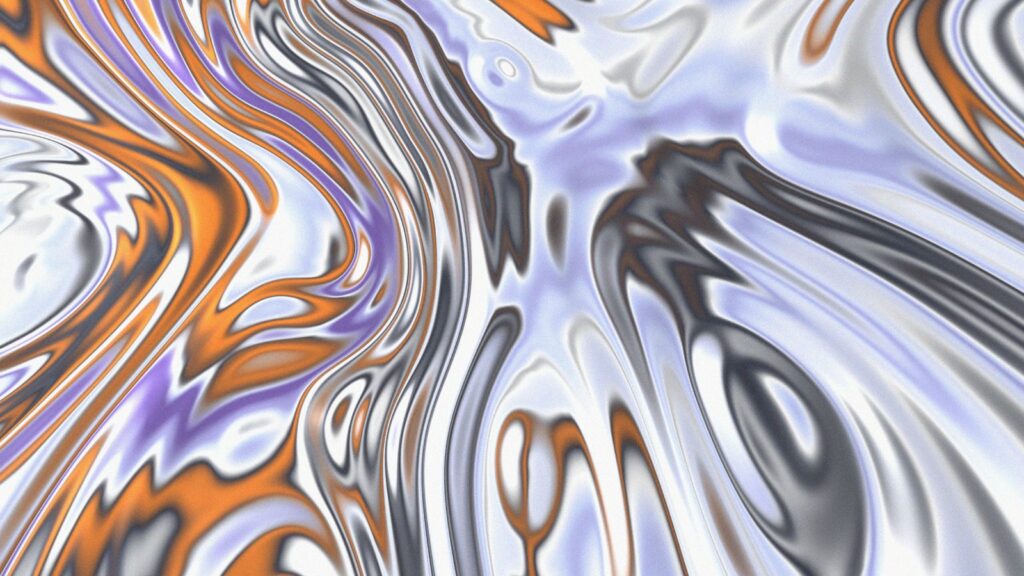The best anti-stress medicine we have may be right under our own nose. Amidst all the ?medicines and high-tech solutions offered for today's quick culture, calming down is really as simple as giving-and-taking a few deep breaths. “Slow, deep breathing is the single best anti-stress medicine we have,” says James Gordon, a clinical professor of psychiatry and author of Comprehensive Cancer Care: Integrating Alternative, Complementary and Conventional Therapies. “When you bring air down into the lower portion of the lungs, where oxygen exchange is most efficient, everything changes. Heart rate slows, blood pressure decreases, muscles relax, anxiety ceases and the mind calms.” Deep breathing is for every body.
Obviously, everyone alive knows how to breathe. But Gordon and other experts in the field of mind-body medicine (psycho-neuro-immunology) say that few people in Western industrialized society know how to breathe correctly. We were taught to suck in our guts and puff out our chests. At the same time, we're bombarded with constant stress, which causes our muscles to tense and our respiration rate to increase. As a result, we have become a world full of shallow “chest breathers,” primarily using the middle and upper portions of our lungs. Few Westerners other than musicians, singers and some athletes, are even aware that the abdomen should expand during inhalation.
Breathe like a baby. Watch a baby breathe and you'll see the belly go up and down, deep and slow, as they naturally practice Pranayama. With age, most people shift from this healthy abdominal breathing to shallow, unhealthy chest breathing. This ruins the lungs, which must move faster to ensure adequate oxygen flow, and taxes the heart, as it is forced to speed up to provide enough blood for oxygen transport. The result is a vicious cycle, where stress prompts shallow breathing, which in turn generates additional stress. I teach breath work and I have seen breath awareness alone achieve remarkable results: lowering blood pressure, improving longstanding patterns of poor digestion, decreasing anxiety and allowing people to get off addictive anxiety drugs, and improving sleep and energy cycles.
Unlike any other bodily function, breathing is the only one you can do either completely consciously or unconsciously. It's controlled by two different sets of nerves and muscles: voluntary and involuntary. And it's the only function through which the conscious, voluntary mind can influence the involuntary, or autonomic, nervous system, which is responsible for revving-up the body in times of crisis. This so-called “fight-or-flight” response kept our ancestors alive, but it has turned into the modern reaction of “stew-and-chew.” If no physical response occurs after stress revs the body up, chronically elevated levels of stress hormones can stimulate appetite and encourage fat cells deep inside the abdomen to store what is called “toxic weight.”
Pranayama, the Yogic Art of breathing, leads to a control of the emotions, which in turn brings stability, concentration, and mental poise – qualities sadly lacking in our lives today. It deals with subtle functioning of the breath, various techniques of inhalation, retention, and exhalation, and with the filtration of the crimson colored fluid – the Life Force – through the network of channels (nadis) and the subtle centers (chakras) with unchecked flow. Pranayama involves exercises that affect not only our physical, physiological and neural energies but also cerebral activities such as memory training and creativity.
The health-giving and invigorating effects of Pranayama – also called voluntary respiration – are beyond words. Pranayama helps to keep the autonomous control system of the human body in a balanced state of health and perfection. It prevents atmospheric damage to the cardiac system, as it washes away accumulated toxins in the blood. Its most important effect is the flushing of free radicals, which can damage the heart. Practicing Asanas and Pranayama induces cellular quieting, thus promoting a state of hibernation. Breathe in through the nose, making the stomach expand, and breathe out through the nose, flattening the stomach. This process makes your heart operate like an inflatable balloon, constantly expanding and contracting, rather than pounding – not especially good for circulation of blood through the body.
We tend to forget that peace is the norm. Psychiatrists and sociologists take it as a given that the modern human being is deeply divided in their psyche. The rise of stress-related disorders, depression, anxiety, chronic fatigue, and the disease of being in a hurry are signs of the times. The hectic pace of work – and life in general – has accustomed us to turmoil. By now, people are thoroughly indoctrinated by the idea that a certain degree of internal conflict is normal. But peace is the exclusive domain of the mind and heart, and peace is the gift of Pranayama.
The effect of Pranayama is precisely accurate in feeding the nerves with plenty of oxidized energy. Pranayama is a very refined art, which makes the respiratory organs move and expand deliberately and intentionally, with perfect rhythm and balance. When we are willing to explore the unseen levels of our bodies, we can tap into the immense creative power that lives at our source. There is no more beautiful experience than when the world expands beyond its accustomed limits. These are the moments when reality takes on splendor. The Vedas – the oldest Sanskrit literature – calls such an experience Ananda, or bliss; it is said to be another quality inherent in the human mind but covered over by layers of dulled awareness. There is reality, where time really is timeless and what stands out unmistakably in this experience is its sense of revelation.
Image by shawnzrossi, courtesy of Creative Commons license.











